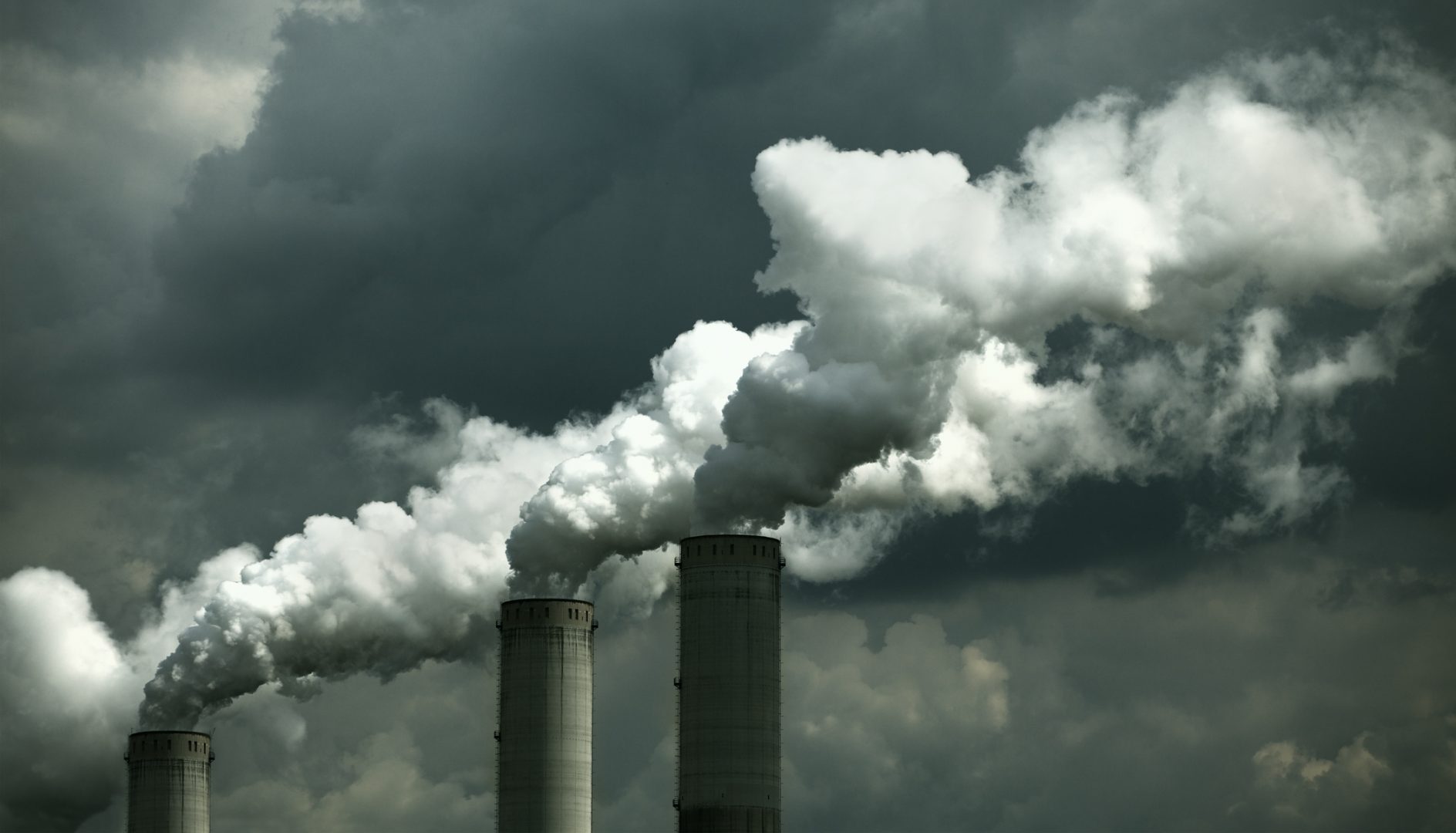
Pollution coming from a coal burning power plant.


Pollution coming from a coal burning power plant.

Pollution coming from a coal burning power plant.
Pennsylvania is one step closer to joining a regional program meant to cut greenhouse gas emissions.
The Environmental Quality Board on Tuesday approved a draft regulation to enter the Regional Greenhouse Gas Initiative (RGGI). The vote was 13-6.
The board’s vote opens the next phase in the regulatory process. The draft will be open for public comment for a 60-day period. The Department of Environmental Protection plans to hold five hearings. Dates have not been set.
DEP will then revise the rule based on public feedback before presenting a final version to EQB. If that’s approved, Pennsylvania could join RGGI by 2022.
Under RGGI, power plants buy allowances for the carbon dioxide (CO2) they emit. That makes dirtier sources of power less competitive selling electricity to the grid. They generate less while cleaner sources ramp up, lowering harmful emissions.
The 10 northeastern states in RGGI typically invest the money from allowance auctions into energy efficiency and clean energy programs.
Supporters say participation is an important step for mitigating climate change that will have additional benefits.
“Joining a regional effort to cut harmful climate pollution could help jump start Pennsylvania’s clean energy economy, spur thousands of good-paying jobs and lower bills for struggling Pennsylvanians,” said Mark Szybist a senior attorney at Natural Resources Defense Council.
Yet even proponents like Clean Air Council executive director Joe Minott caution that this one step is not enough.
“It clearly doesn’t meet what the science overall tells us that reductions have to be of carbon dioxide,” he said. “For Pennsylvania, it’s a very big step. So I don’t want to minimize that this is quite really important for Pennsylvania.”
If Pennsylvania joins RGGI, the Department of Environmental Protection estimates the commonwealth would prevent 180 million tons of carbon dioxide pollution by 2030. That’s a 25 percent decrease between 2022 and 2030.
In RGGI states, the program says, CO2 emissions from power plants have fallen by 45 percent from a base level measured from 2006-2008. The cap has been adjusted to put more pressure on emitters. The latest change requires a 30 percent reduction from 2020 levels by the year 2030.
Thirty-five coal-fired generators have retired in RGGI states since 2009, according to information from the U.S Energy Information Administration. Eleven have converted to natural gas since 2011.
Pennsylvania coal-fired generation followed the same trend, though the state wasn’t under RGGI. Forty-two coal fired generators in the commonwealth have retired since 2009. Twelve have converted to natural gas since 2011.
Coal-fired retirements are expected to speed up under RGGI.
The coal industry estimates it provides around 17,000 direct and indirect jobs in Pennsylvania. DEP estimates a net job gain of nearly 30,000 under RGGI, but opponents to the effort say it will have devastating impacts for those workers and their communities.
They also dispute the benefits estimated by DEP, saying emissions reductions in Pennsylvania won’t make a difference on a global scale.
Sen. Gene Yaw (R-Lycoming), chair of the Senate Environmental Resources and Energy Committee, said RGGI is “a superficial fix.”
But others, like Sen. Steve Santarsiero (D-Bucks), Yaw’s counterpart on the committee, emphasize that Pennsylvania — the fourth-largest emitter in the U.S. — has a role to play in the climate.
“Every country, every state within the United States, every community within our state has an impact on global climate change. We all have to do our part,” he said.
Nine of the 10 RGGI states (excluding New Jersey, which left the partnership before rejoining this year) account for about 7% of U.S. CO2 emissions, according to the Congressional Research Service. RGGI states’ aggregate emissions rank in the top 20 among all nations.
A 2019 CRS report said, “From a practical standpoint, the RGGI program’s contribution to directly reducing the global accumulation of [greenhouse gas] emissions in the atmosphere is arguably negligible.”
The report noted the program “still had impacts.”
Other studies have found the program is responsible for about half of the region’s emissions reductions since 2009.
The EQB is a 20-member board whose responsibility is to adopt regulations and advise DEP on policy. DEP Secretary Patrick McDonnell, who chairs the board, only votes in the event of a tie.
Some EQB members, including Yaw, attempted to delay a vote on the draft regulation and extend the process by requiring a longer public comment period. Those motions were defeated by the board, which is made up of 11 Wolf Administration appointees, five members of the Citizens Advisory Council, and four members of the General Assembly.
Republican lawmakers have also attempted to stop the regulatory process, with some claiming Gov. Tom Wolf overstepped his authority by signing an executive order last year directing DEP to create the regulation. The legislature passed a bill last week requiring legislative approval to join a program such as RGGI, but Wolf said he will veto it.
RGGI’s members are Connecticut, Delaware, Maine, Maryland, Massachusetts, New Hampshire, New Jersey, New York, Rhode Island, and Vermont. Virginia plans to join next year.
StateImpact Pennsylvania is a collaboration among WITF, WHYY, and the Allegheny Front. Reporters Reid Frazier, Rachel McDevitt and Susan Phillips cover the commonwealth’s energy economy. Read their reports on this site, and hear them on public radio stations across Pennsylvania.
(listed by story count)
StateImpact Pennsylvania is a collaboration among WITF, WHYY, and the Allegheny Front. Reporters Reid Frazier, Rachel McDevitt and Susan Phillips cover the commonwealth’s energy economy. Read their reports on this site, and hear them on public radio stations across Pennsylvania.
Climate Solutions, a collaboration of news organizations, educational institutions and a theater company, uses engagement, education and storytelling to help central Pennsylvanians toward climate change literacy, resilience and adaptation. Our work will amplify how people are finding solutions to the challenges presented by a warming world.